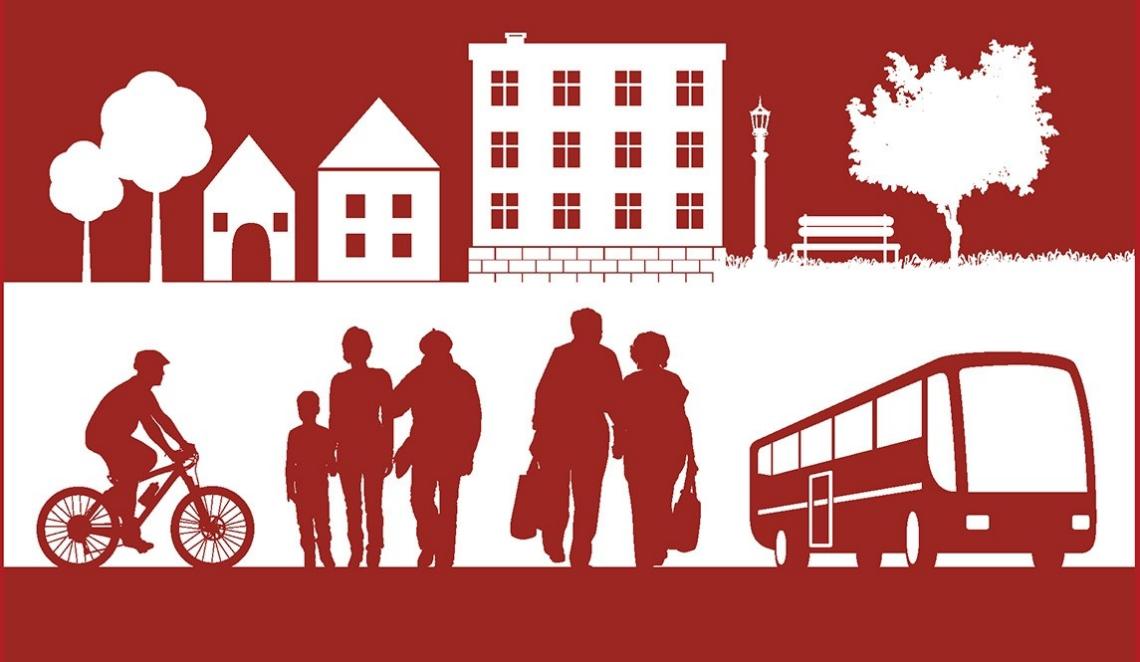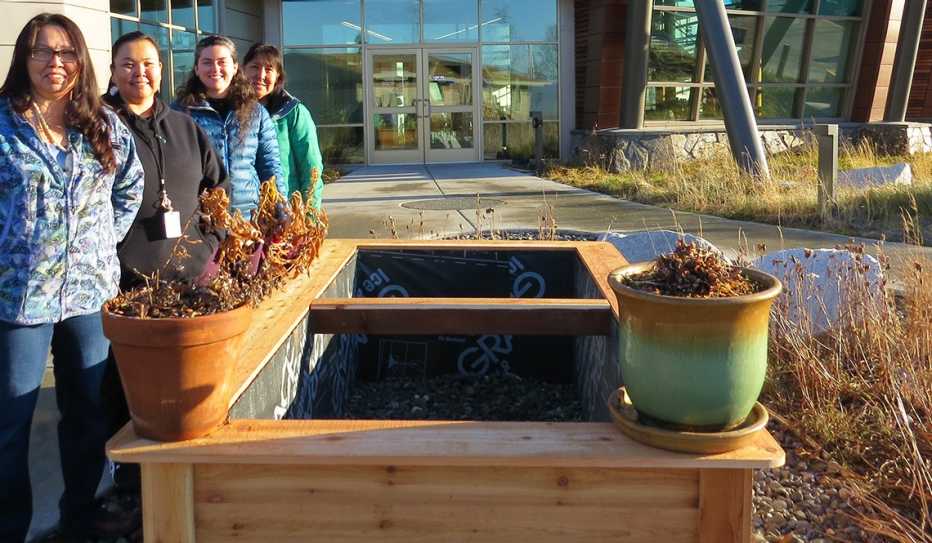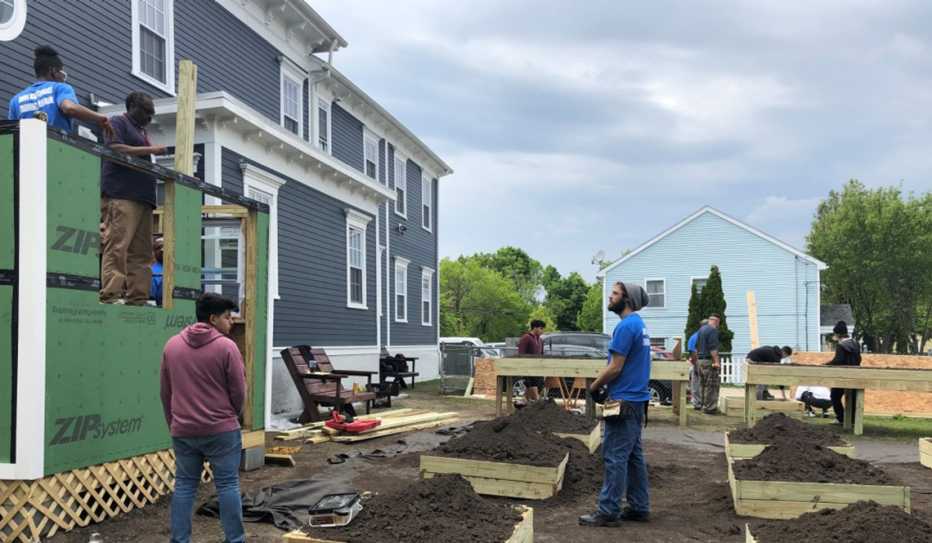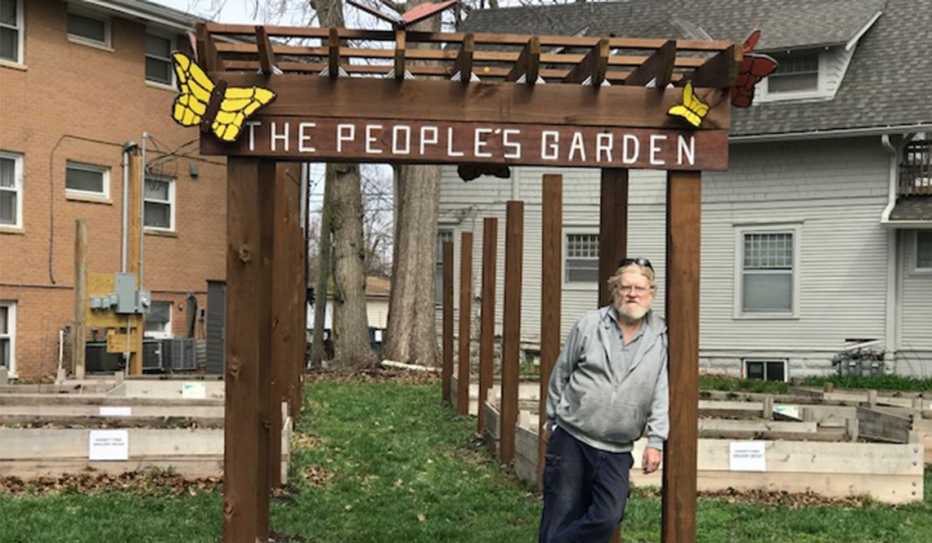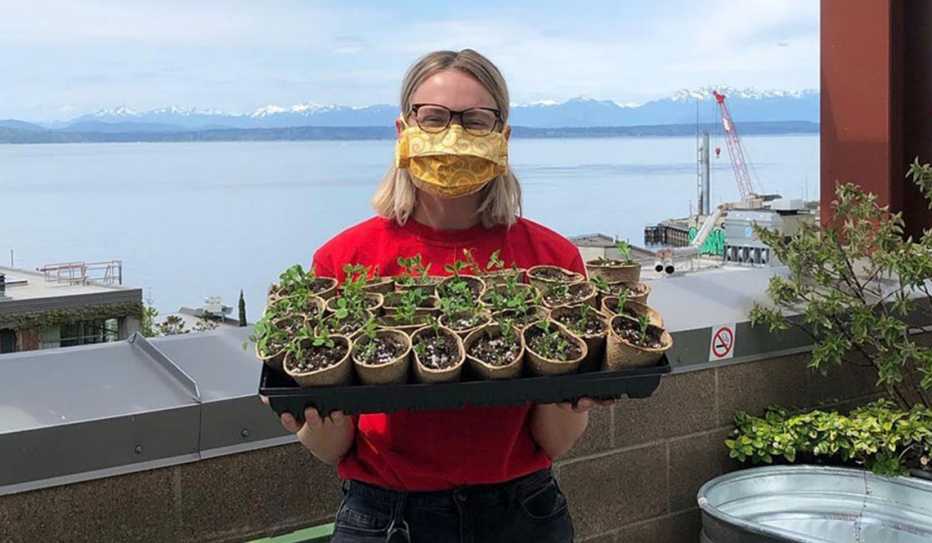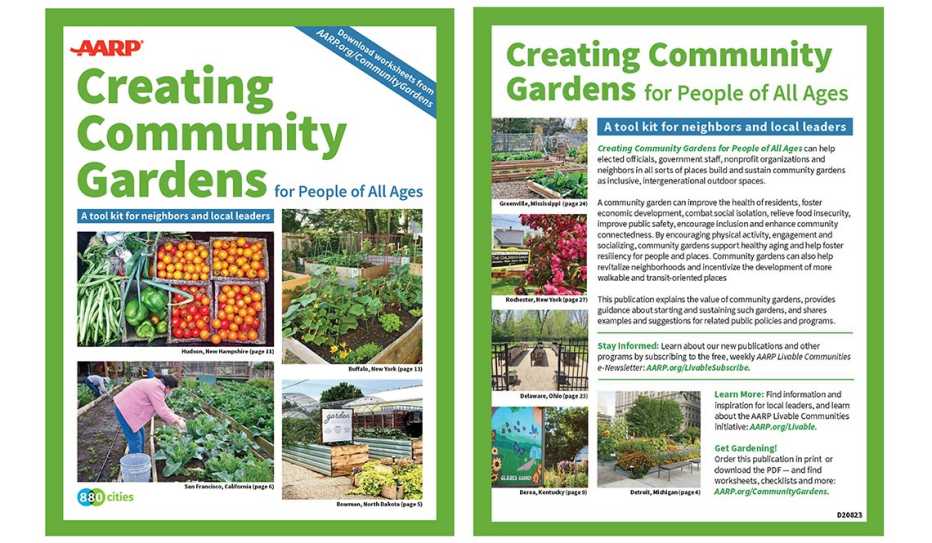AARP Hearing Center
AARP Community Challenge grants have funded community gardens where residents are asked to plant, weed and water the plants. In return, the harvesters and the hungry can enjoy fresh produce. Learn more below.
Bowman, North Dakota

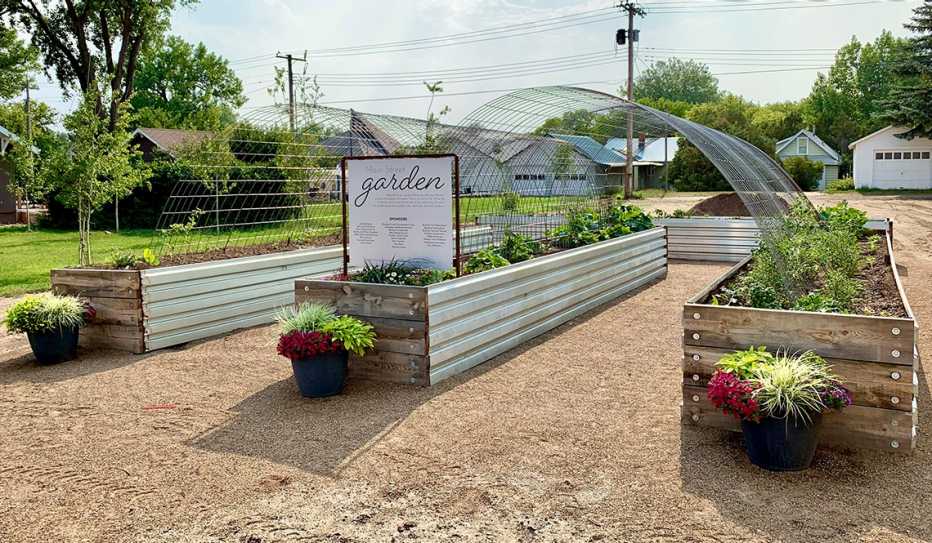
An AARP Community Challenge grant helped the Main Street Garden upgrade its location with the addition of accessible seating, an outdoor dining area, flowers, a shade structure and even a hammock. Residents of the small city (population: 1,500) are invited to “pull a weed or two, and enjoy the fresh produce.”
Hudson, New Hampshire

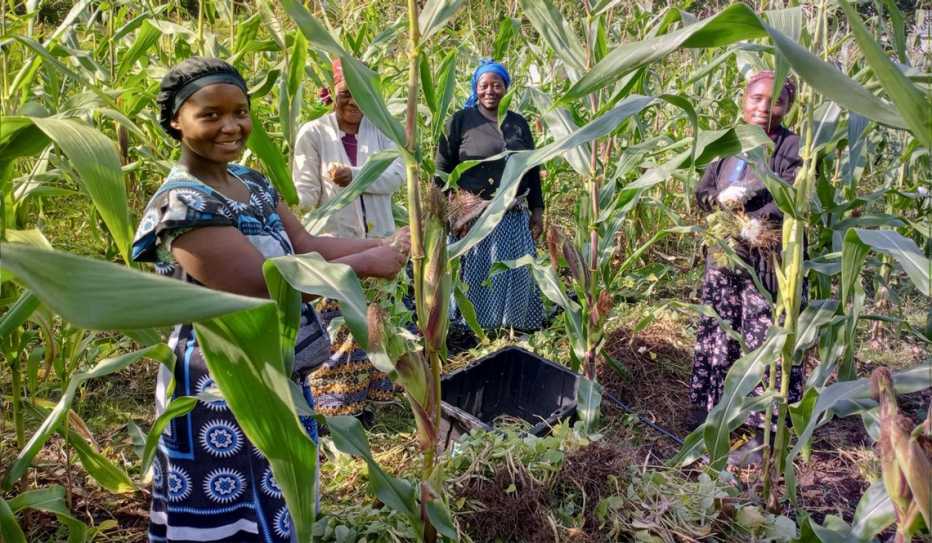
The ReGen Roots Community Farms program provides land and resources to low-income residents, young entrepreneurs, and refugees living in the area from Zambia and Burundi. By providing opportunities for gardening, the program enables immigrants who previously worked on farms or lived in farming communities to put their existing skills to use by planting culturally familiar foods for their families, selling what they don’t need themselves and learning from other neighbors. The only requirement is that the gardeners donate 10 percent of their peak harvest to the Nashua Children’s Home or Nashua Soup Kitchen.
Clarkson, Georgia

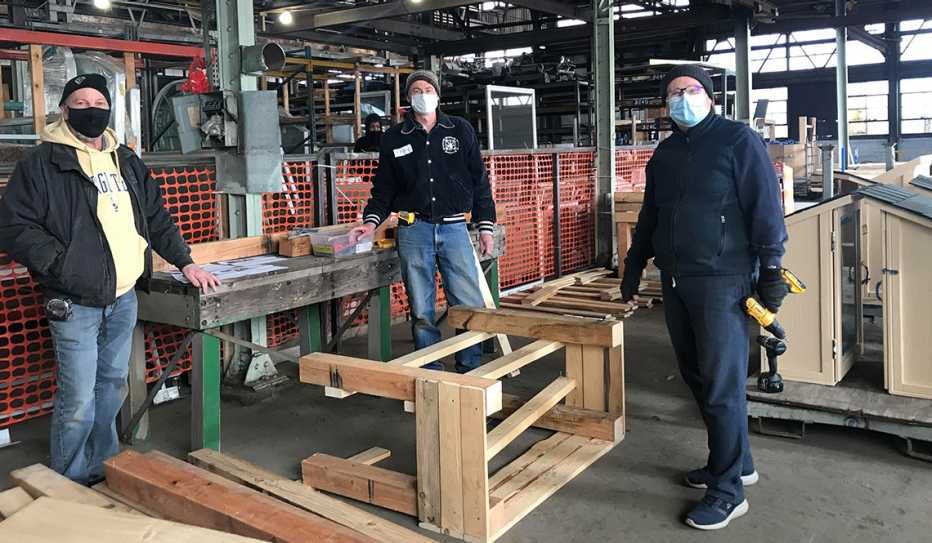
Fourteen “Little Free Pantries” and 10 garden beds were built using recycled and salvaged lumber donated by the Construction Education Foundation of Georgia. The nonprofit Friends of Refugees stocked the pantries with 1,000 pounds of food. The raised-bed planters were installed in community gardens. An AARP Community Challenge grant helped the Lifecycle Building Center create the pantries and planters and demonstrate how the construction industry can serve communities and reuse materials.
Cleveland, Ohio

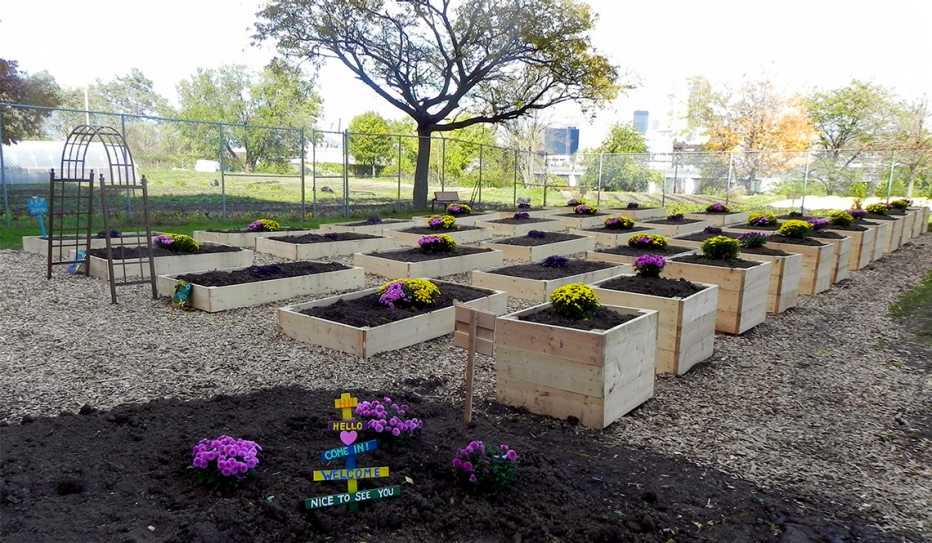
After gathering input from the residents of Riverview Tower, an apartment building for low-income older adults, the Cuyahoga Metropolitan Housing Authority created a garden where residents can grow their own vegetables. Built on the site of a decaying volleyball court, the garden has seating, is accessible for people with mobility differences and includes sensory areas where visitors can smell, touch and taste some of what’s grown. In honor of the area’s indigenous people, the space includes climbing infrastructure for a traditional “Three Sisters” garden of corn, beans and squash — crops considered to be inseparable siblings that thrive when grown together. Signage painted by tenants and community partners features welcoming messages.
San Francisco, California

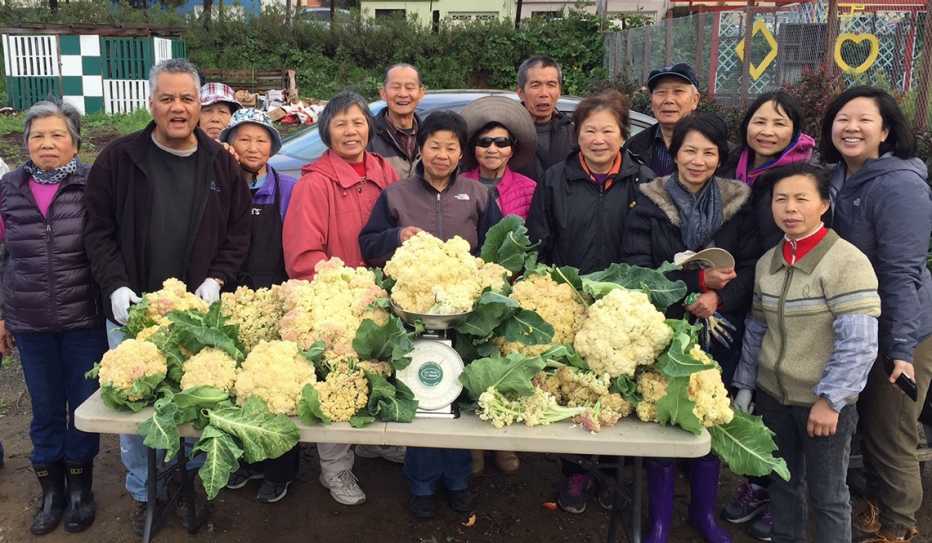
When the Florence Fang Asian Community Garden opened in the Bayview–Hunters Point neighborhood in 2014, the garden focused on serving Asian immigrant elders and filled a need for green space and fresh food. (The community has two freeways cutting through it. In fact, the one-acre farm is located on top of a Caltrain tunnel. The area’s poverty level was double the citywide average.) AARP funds helped expand the garden in 2018, when the fall harvest amassed nearly a ton of produce — more than half of which consisted of impressively large cauliflower (pictured). The garden has since broadened its mission to serve the community’s wider ethnic and intergenerational diversity. The annual harvest, which is shared with local families in need, has increased to four tons of produce.
Phoenix, Arizona

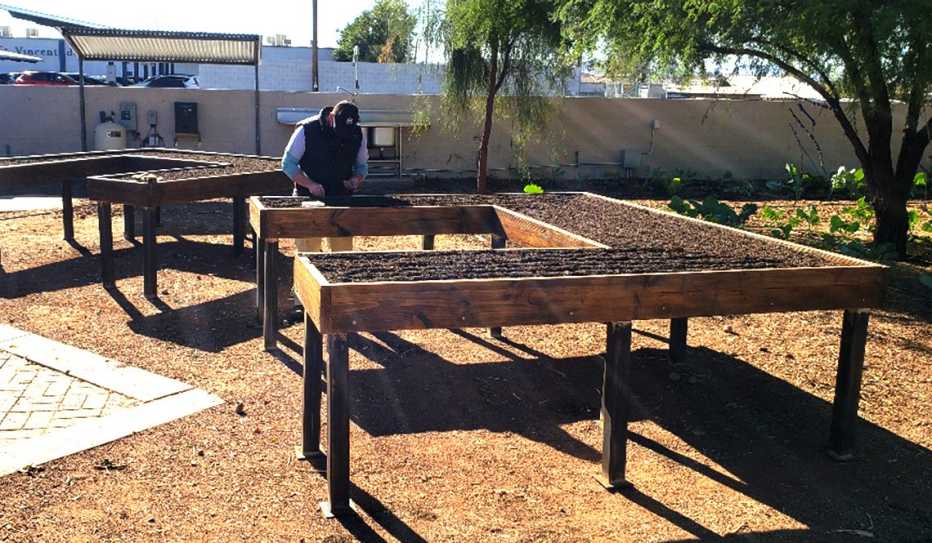
Managed by the Society of St. Vincent De Paul's, the Rob and Malani Walton Urban Farm provides produce for the service organization’s central kitchen, which prepares food boxes and hot meals for people in need. AARP Community Challenge funds helped create waist-high, raised-bed planters. Shade trees and benches were added to better serve the garden’s older volunteers and people with disabilities. When posting pictures on social media of its first plants and harvest, the society used the hashtags #MakeKindnessViral and #AllinThisTogether.































































